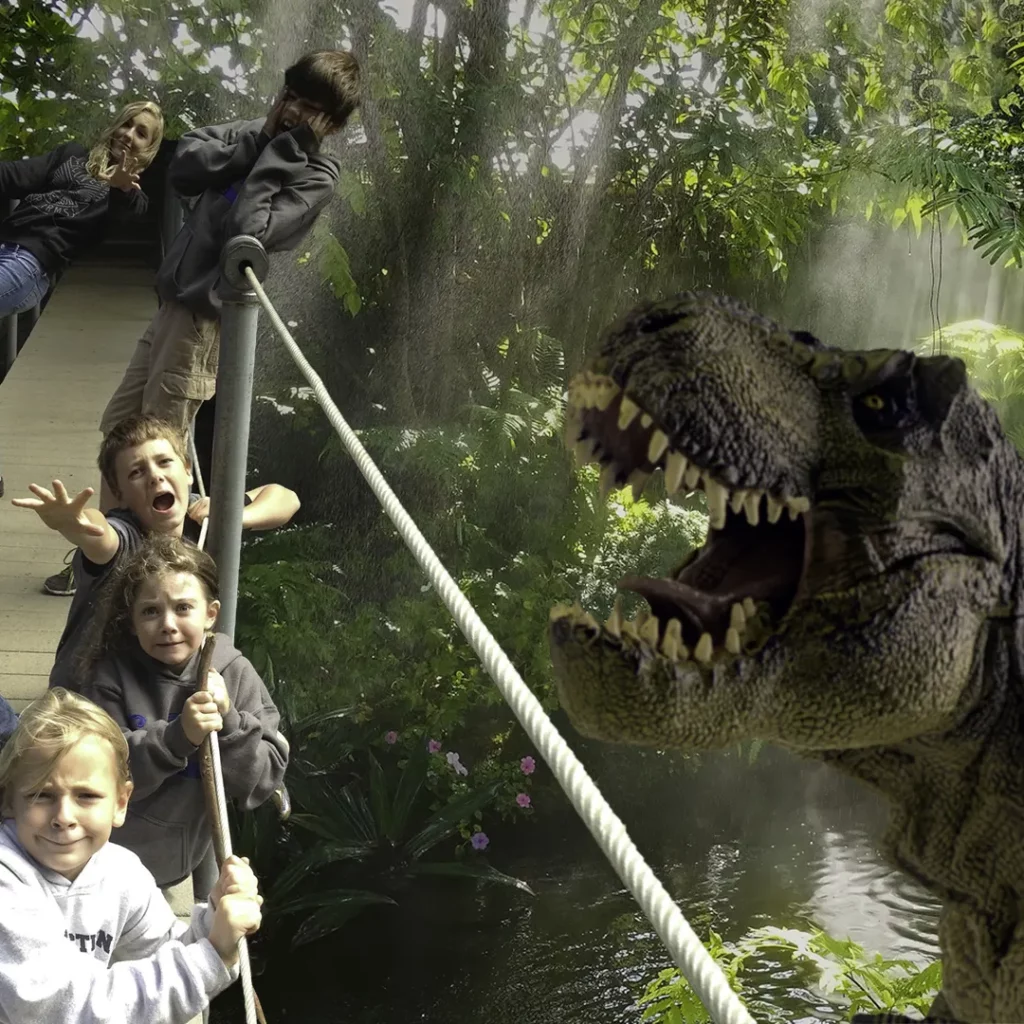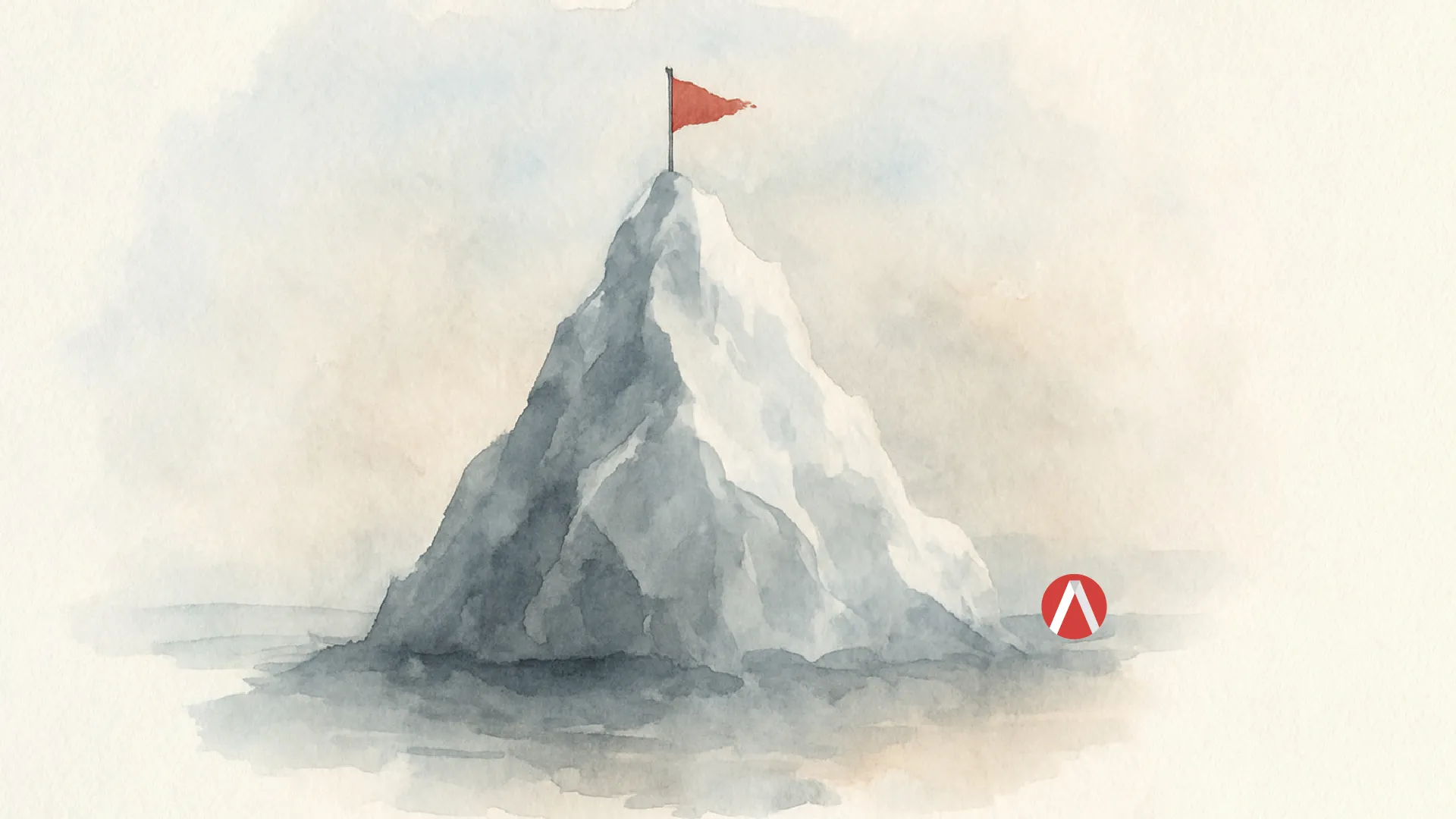By Lori Jones
President/CEO of Avocet Communications
In today’s competitive business landscape, understanding your customers’ needs and motivations is crucial to succeed.
As someone with an eye toward engaging and creative content, I am forever finding occurrences in my personal life that inspire and often shed light on how we develop effective marketing strategies. Inspired by an imaginative encounter with a T-Rex in the Redwoods National Forest with the Jones-Sanders cousins many years ago, I am reflecting on how varied expressions can teach us valuable lessons about customer engagement and product alignment. Let’s delve into the world of Jobs-to-be-Done (JTBD) and explore how it can revolutionize your marketing approach.
Let me set the stage. We had just seen the movie Jurassic Park and were walking across a bridge in the Redwoods National Forest near Santa Cruz, CA. The kids imagined a T-Rex was chasing them. They were great actors, and every expression told a different story.
Fear.
Surprise.
Protection.
Excitement.
Let’s pretend for a second that these kids represent a group of prospects, and your job is to start moving them through the sales funnel and turn them into customers.
Like good marketers, we develop personas. But quite often, however, the messaging could be better because it only resonates with some customers.
At Avocet, we take it a step further and approach audience insight through the Jobs-to-be-Done lens.
Jobs-to-be-Done provides a framework for defining, categorizing, capturing, and organizing all your customers’ needs. More thorough than a persona, JTBD explains the motivation of customers when they approach your solution and establishes the context of a situation, thus gaining a deeper understanding of what motivates your customer.
The Power of Jobs-to-be-Done: Traditional personas provide a snapshot of customer segments, but they often fail to capture the true motivations behind their behavior. Jobs-to-be-Done offers a powerful framework to understand customers’ needs by examining the context in which they seek solutions. By focusing on the “job” customers want to accomplish, rather than the product itself, you can better identify areas where your offerings can add significant value.
From Expressions to Jobs: The Jones-Sanders cousins’ expressions during their imagined T-Rex encounter represent a spectrum of emotions. Although distinct, they all share a common goal: safety from the scary T-Rex. This scenario can be used as a starting point to explore the concept of JTBD and develop customer-centric strategies.
Focus on Customer Needs: To address the safety concerns of the children, imagine a portable but invisible shield that protects them from dangerous dinosaurs while allowing them to observe these amazing creatures. By understanding the core need for safety, you can create a product that meets the customers’ desires while ensuring their curiosity is satisfied.
Make Product Enhancements: Consider adding a fun carrying case to the portable dinosaur shield, allowing the kids to neatly pack it away until their next T-Rex encounter. This simple tweak enhances the overall experience and adds an element of excitement to the product, fostering a sense of anticipation and delight.
Vary the Pricing: Introduce a deluxe model of the portable dinosaur shield that protects against modern-day creatures like bears or mountain lions. By offering different price points and features, you cater to customers’ varying needs and budgets, expanding your market reach and increasing customer satisfaction.
Tailor the Messaging: Knowing your target audience is crucial for effective communication. Whether you’re addressing kids, parents, or both, understanding their emotional triggers allows you to craft tailored messages. Each audience segment responds differently, so aligning your messaging with their specific emotions and aspirations will resonate more deeply.
Aligning Products with Customer Needs: A product’s failure is often due to a misalignment with customer needs rather than being a bad idea. To prevent this, innovators should focus on discovering customer jobs by actively listening to their struggles and challenges. By empathizing with real people facing real problems, you can uncover valuable insights that drive product innovation and marketing success.
Embrace Imagination and Wonder: As you plan your next marketing strategies, take inspiration from the wonderment and imagination sparked by Jurassic Park. Encourage your team to think creatively and explore different perspectives. Embrace the JTBD framework to gain a deep understanding of your customers’ motivations and needs, and let it guide your decision-making process.
By adopting the Jobs-to-be-Done lens, you can go beyond traditional marketing approaches and truly understand what motivates your customers. The Jones-Sanders cousins’ imaginative T-Rex encounter serves as a reminder that successful marketing strategies require aligning your products with customer needs. So, as you embark on your marketing journey, bring the spirit of curiosity and discovery from Jurassic Park, and unlock the potential of JTBD to create remarkable customer experiences.






